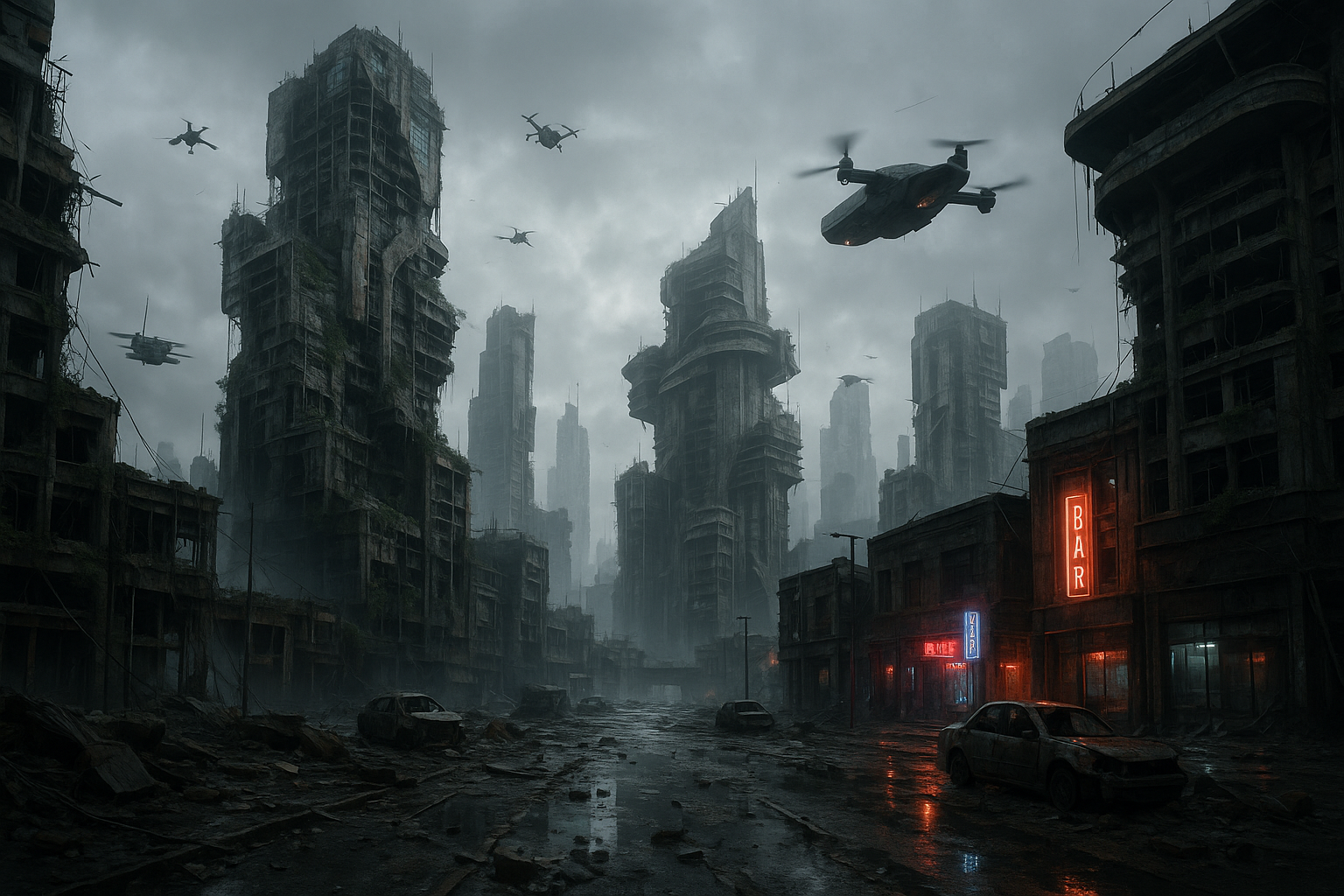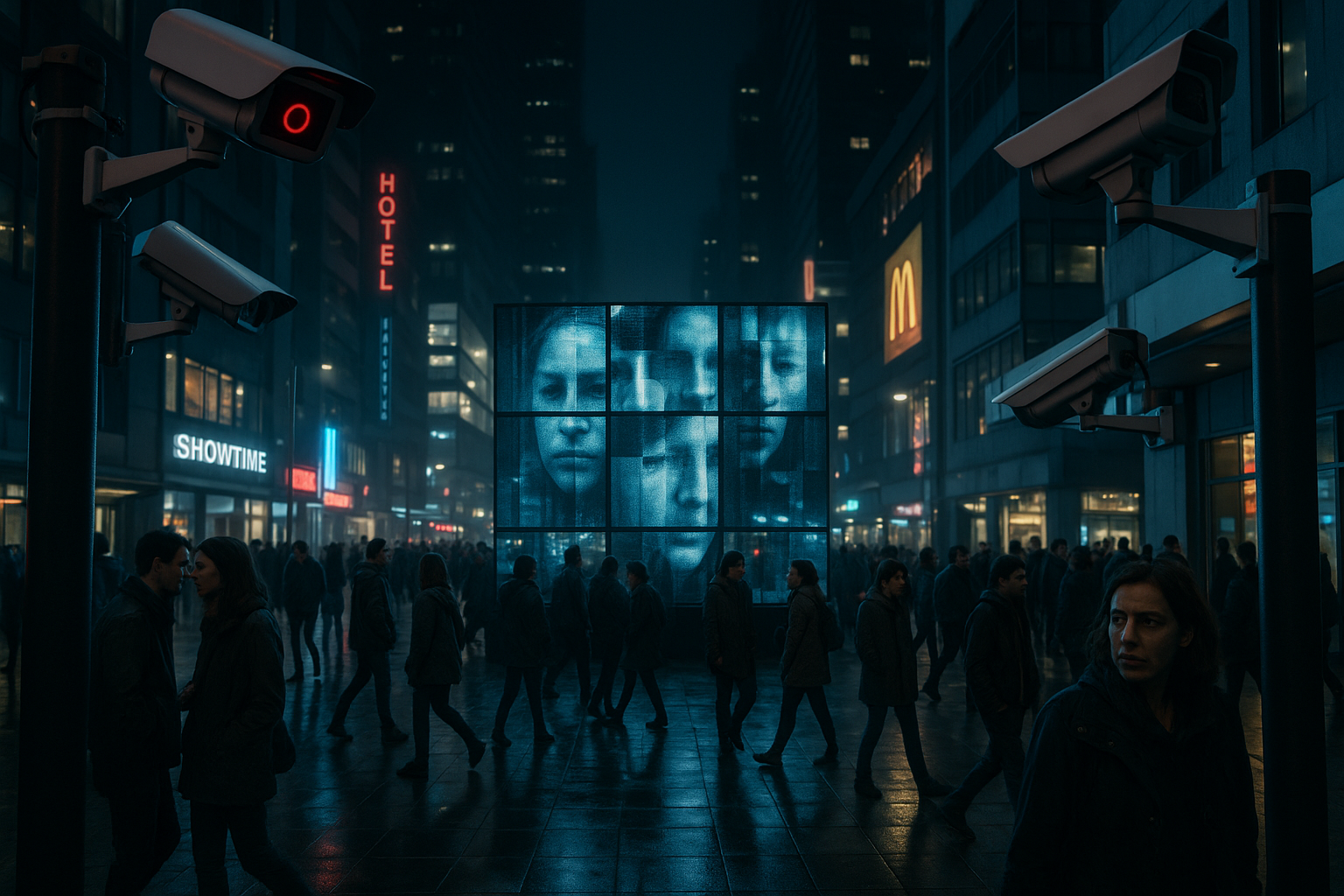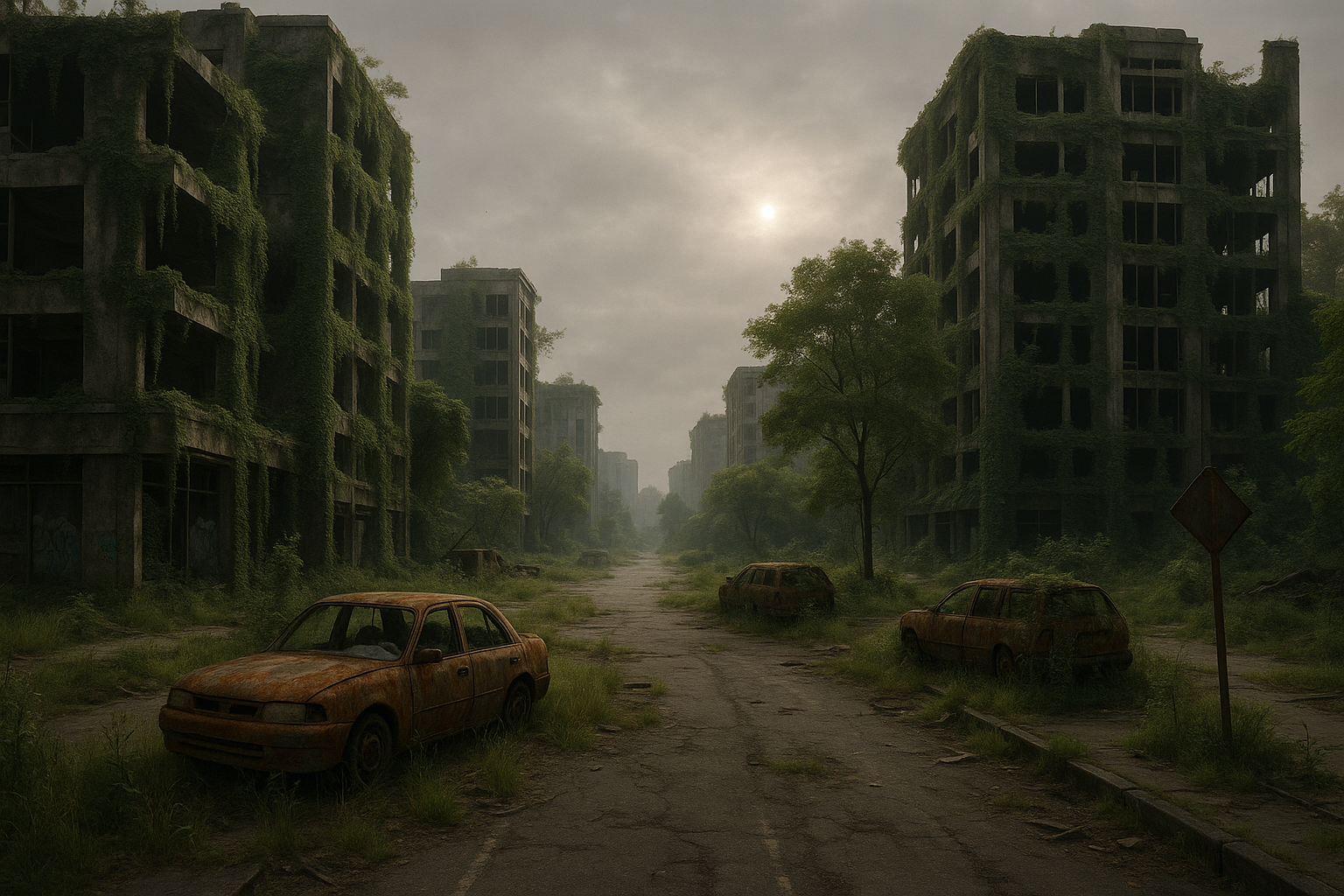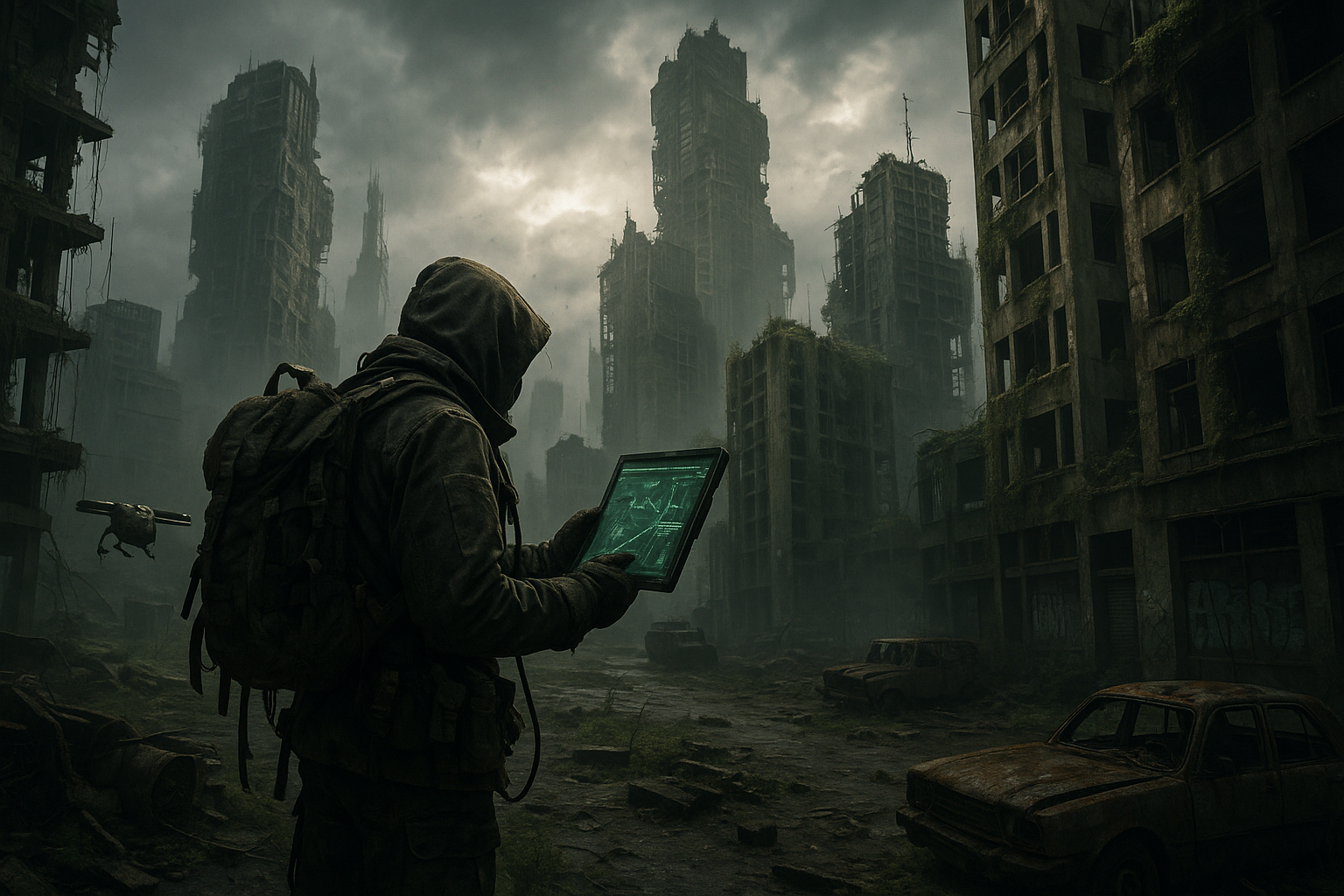Anúncios
In the ever-evolving world of design, where creativity knows no bounds and innovation is a constant pursuit, mastering the art of visual impact is both a challenge and an opportunity. The journey to creating designs that captivate and resonate with audiences requires more than just technical skills; it demands an understanding of the subtle nuances that make visuals truly stand out. Among these nuances, the concepts of symmetry, dirt, and contrast emerge as powerful tools that can transform ordinary designs into extraordinary experiences. 📐✨
Anúncios
Imagine a world where every visual element is in perfect harmony, where symmetry brings a sense of balance and order, guiding the viewer’s eye effortlessly across a canvas. Symmetry, one of the fundamental principles of design, has been employed by artists and designers for centuries to create compositions that are not only aesthetically pleasing but also deeply satisfying on a psychological level. By exploring the different types of symmetry—be it reflective, rotational, or translational—designers can craft visuals that evoke a sense of completeness and tranquility, drawing viewers into a seamless visual journey.
Anúncios
On the flip side of the pristine world of symmetry lies the concept of “dirt” in design. This might seem counterintuitive at first—after all, why introduce imperfection into something meant to be visually appealing? However, the strategic use of dirt, or intentional imperfection, can add a layer of authenticity and relatability to a design. It breaks the monotony and injects personality, making the artwork more human and less mechanical. Embracing elements like texture, rough edges, or unexpected asymmetry can turn a static design into a dynamic narrative, inviting viewers to explore and engage with it on a deeper level. 🖌️
Then comes contrast, the silent yet powerful force that defines and differentiates. Contrast is not merely about color; it’s about creating a focal point, highlighting key elements, and providing visual hierarchy. Whether through the juxtaposition of light and dark, bold and subtle, or large and small, contrast is the engine that drives attention and guides the viewer’s gaze. By mastering the delicate balance of contrast, designers can manipulate emotions and perceptions, crafting visuals that are not only eye-catching but also memorable and impactful.
Throughout this article, we will delve deep into these three pivotal design principles—symmetry, dirt, and contrast—and explore how they can be harnessed to create stunning visual impact. We’ll examine case studies from the worlds of graphic design, architecture, and digital media to illustrate how these elements come to life in real-world applications. From the elegance of symmetrical logos to the gritty appeal of urban street art, and the dramatic effect of contrasting colors in advertising, we will uncover the secrets behind designs that leave a lasting impression. 🌟
Understanding the Fundamentals of Symmetry in Design
Symmetry in design refers to the balanced and proportionate arrangement of elements on either side of a central axis. It is a fundamental principle that provides stability and harmony, often resulting in aesthetically pleasing compositions. Symmetry is not only visually appealing but also helps guide the viewer’s eye across the design. There are various types of symmetry that designers can employ, such as reflectional, rotational, translational, and glide reflection symmetry. Each type of symmetry serves a different purpose and can be used to evoke specific emotions or reactions from the audience.
Reflectional symmetry, also known as mirror symmetry, involves duplicating an object or design element along a central axis. This type of symmetry is prevalent in nature and can be observed in the human body, animals, and plants. It provides a sense of calmness and order, making it ideal for formal and structured designs. In contrast, rotational symmetry involves rotating an object or design element around a central point. This creates a dynamic and energetic composition that can capture attention and convey movement. Translational symmetry, on the other hand, involves shifting an object or design element in a linear direction, creating a pattern that repeats across the design. Glide reflection symmetry combines translation and reflection, adding an additional layer of complexity and interest.
Comparing Types of Symmetry
Below is a table comparing the different types of symmetry and their effects on design:
| Type of Symmetry | Characteristics | Visual Impact |
|---|---|---|
| Reflectional | Mirror image along a central axis | Calm, orderly, stable |
| Rotational | Rotation around a central point | Dynamic, energetic, engaging |
| Translational | Linear repetition of elements | Patterned, cohesive, continuous |
| Glide Reflection | Combination of translation and reflection | Complex, intriguing, layered |
Embracing Dirt in Design: Adding Character and Depth
While symmetry provides order, incorporating dirt or imperfection can add character and depth to a design. Dirt, in this context, refers to the intentional inclusion of imperfections, textures, and irregularities that make a design feel more organic and human. This approach challenges the traditional notion of perfection and embraces the beauty of authenticity and uniqueness. Dirt in design can take various forms, such as rough textures, uneven edges, and hand-drawn elements, all of which contribute to a more relatable and tactile experience.
Incorporating dirt into design is particularly effective in evoking nostalgia and emotion. It harks back to a time when designs were created by hand, imbuing them with a sense of craftsmanship and individuality. This technique is especially prevalent in industries such as fashion, where the inclusion of natural fibers, frayed edges, and distressed materials creates a sense of authenticity and raw beauty. Similarly, in graphic design, adding grain, noise, or vintage effects can transform a digital composition into something that feels more tangible and lived-in.
The strategic use of dirt can also help brands stand out in a crowded market. In an era dominated by sleek, minimalist designs, embracing imperfection can be a powerful differentiator. It can convey a sense of honesty and transparency, appealing to consumers seeking genuine and relatable experiences. However, it’s important to strike a balance between dirt and polish, ensuring that the design remains functional and coherent. By skillfully incorporating dirt, designers can create visually captivating compositions that evoke emotion and connect with audiences on a deeper level.
Examples of Dirt in Design
Consider these examples where dirt adds depth and authenticity to design:
- Fashion: Distressed denim, frayed fabrics, and natural dyes
- Graphic Design: Grainy textures, hand-drawn illustrations, and retro effects
- Interior Design: Weathered wood, exposed brick, and vintage decor
Utilizing Contrast for Impactful Visual Hierarchy
Contrast is a vital design principle that refers to the juxtaposition of opposing elements, such as light and dark, big and small, or smooth and rough. It is a powerful tool for creating visual hierarchy, guiding the viewer’s attention, and enhancing the overall impact of a design. Effective use of contrast can make key elements stand out, convey important messages, and create dynamic compositions that captivate the audience.
One of the most common forms of contrast in design is color contrast. By placing complementary colors next to each other, designers can create a vibrant and attention-grabbing visual experience. Color contrast can also be used to evoke specific emotions or associations. For example, warm colors like red and orange can convey energy and excitement, while cool colors like blue and green can evoke calmness and serenity. Additionally, contrast can be achieved through size, with larger elements drawing attention and smaller elements receding into the background. This type of contrast helps establish a clear focal point and guides the viewer’s journey through the design.
Contrast can also be applied through typography, where variations in font weight, style, and size create emphasis and hierarchy. Bold, thick fonts can be used for headlines or important information, while lighter, thinner fonts are suitable for body text. This approach ensures that the viewer can easily navigate the content and understand its structure. Furthermore, contrast in texture and pattern can add interest and depth, making a design more engaging and memorable.
Creating Visual Hierarchy with Contrast
Watch this insightful video on utilizing contrast effectively in design: Mastering Contrast in Design by The Futur.
Conclusion: Balancing Symmetry, Dirt, and Contrast in Design
By mastering the interplay of symmetry, dirt, and contrast, designers can create stunning visual compositions that captivate and resonate with audiences. Each element serves a unique purpose, contributing to the overall effectiveness and emotional impact of the design. Whether it’s the harmonious balance of symmetry, the character and depth of dirt, or the dynamic hierarchy of contrast, understanding how to leverage these principles can elevate a design from ordinary to extraordinary. As designers continue to explore and experiment with these concepts, the potential for innovative and impactful creations is boundless. Embrace the possibilities and unleash your creativity by integrating these elements into your design process. ✨
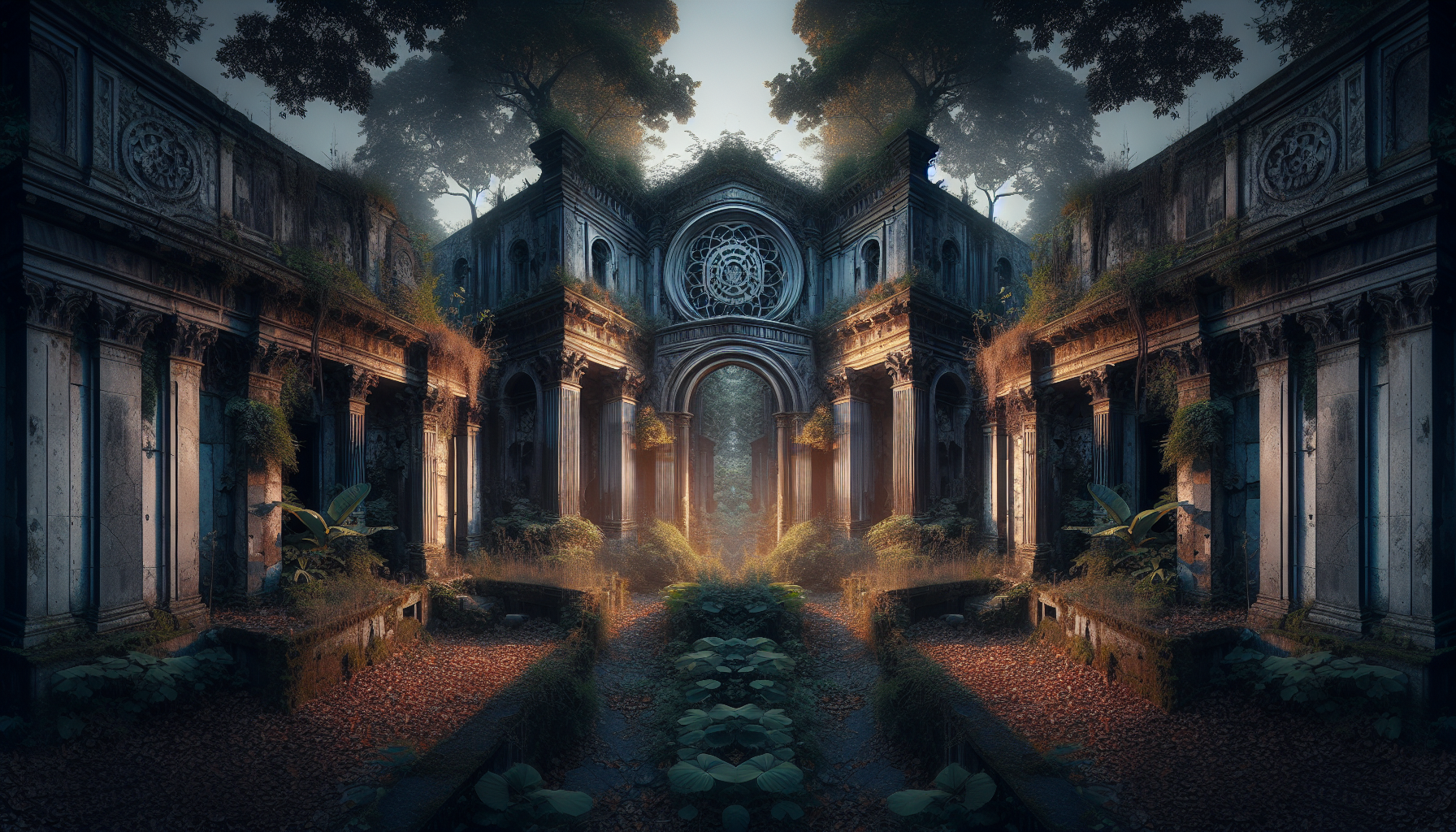
Conclusion
In wrapping up our exploration of “Mastering Design: Utilizing Symmetry, Dirt, and Contrast for Stunning Visual Impact,” it’s essential to reflect on the vital insights and strategies we’ve covered throughout this article. By delving into the realms of symmetry, dirt, and contrast, we’ve uncovered the multifaceted approaches that designers can harness to create visually compelling and emotionally resonant work. These elements are not just mere components of design but are powerful tools that, when skillfully combined, can elevate a piece from ordinary to extraordinary.
Firstly, we explored the timeless allure of symmetry. Symmetry, as we discussed, is more than just a structural balance; it’s a principle deeply rooted in nature and human psychology. The human eye finds comfort and pleasure in symmetrical designs, leading to a natural sense of harmony and order. Symmetry in design can be employed to create a sense of stability and predictability, drawing viewers in and allowing them to navigate the visual narrative with ease. Whether it’s in architecture, graphic design, or user interfaces, symmetry offers a foundation upon which more complex ideas can be built, offering both aesthetic appeal and functional clarity.
We then ventured into the concept of dirt in design—a term that might initially evoke notions of chaos or disorder, but in reality, serves as a conduit for authenticity and depth. Dirt refers to the intentional inclusion of imperfections and irregularities that reflect real-world textures and emotions. By integrating elements of dirt, designers can inject personality into their work, breaking free from the sterile and overly polished looks that often plague digital and print media. This aspect of design celebrates the beauty found in imperfection, inviting viewers to engage with content on a more personal and emotive level. It’s about creating a connection that feels genuine and relatable, turning the ordinary into something memorable and impactful.
Contrast, our third focus, is the dynamic force that brings energy and emphasis to design. The strategic use of contrast—whether through color, size, shape, or texture—enables designers to highlight key areas of a composition, guiding the viewer’s attention precisely where it’s intended. Contrast creates visual interest and drama, offering a compelling way to emphasize differences and bring out the unique character of each element within a design. It’s the spark that can transform a flat, unremarkable piece into a vibrant and engaging masterpiece. Through contrast, a design speaks loudly and with conviction, demanding attention and leaving a lasting impression.
Throughout our discussion, we have also emphasized the importance of these elements not only in isolation but as part of a cohesive strategy. The interplay of symmetry, dirt, and contrast can result in designs that are not only aesthetically pleasing but also rich in meaning and purpose. By understanding how to balance and manipulate these elements, designers are equipped to craft experiences that resonate deeply with audiences, provoking thought, eliciting emotions, and inspiring action.
As we conclude, it is crucial to recognize the profound impact that thoughtful design can have in our world. Whether you are a seasoned professional or an aspiring designer, mastering these principles opens up a world of possibilities for creative expression and innovation. The techniques discussed are not just tools of the trade; they are the building blocks of visual storytelling that have the power to inform, persuade, and inspire.
In today’s fast-paced, visually saturated environment, the ability to stand out and make a meaningful impact is more important than ever. By applying the principles of symmetry, dirt, and contrast, you can elevate your design work, making it not only visually appealing but also deeply impactful. These elements, when used thoughtfully, can help bridge the gap between intention and perception, ensuring that your message is not only seen but felt.
We encourage you to reflect on the insights shared and consider how they might be integrated into your own design practices. Whether you’re working on a personal project, collaborating with a team, or teaching others about design, these principles can serve as a guide to creating work that is both beautiful and meaningful. Share your thoughts, experiences, and creations with others—whether through discussions, social media, or collaborative platforms. Your perspective and creativity are invaluable, and by sharing, you contribute to a wider conversation that enriches the design community as a whole.
In closing, the journey of mastering design is a continuous one, marked by exploration, experimentation, and growth. Let the principles of symmetry, dirt, and contrast inspire you to push boundaries and challenge conventions. Embrace the complexity and beauty of design, and strive to create work that not only captivates the eye but also speaks to the heart. As you do, remember that each design is an opportunity to make a statement, to tell a story, and to connect with others in a meaningful way. 🌟
For further exploration and insights into these topics, we recommend visiting credible design resources such as AIGA () and Smashing Magazine (https://www.smashingmagazine.com/), which offer a wealth of articles and tutorials to deepen your understanding and practice.
Thank you for joining us on this exploration of design mastery. We look forward to seeing the incredible and inspiring work that you will create.
Toni Santos is a visual storyteller and artisan whose work reimagines fashion in the aftermath of civilization. Exploring the aesthetics of survival, decay, and resilience, Toni crafts wearable narratives shaped by a post-human world — where utility meets myth, and remnants become ritual.
Drawn to the raw beauty of collapse and adaptation, Toni’s creations emerge from imagined futures and forgotten pasts. Torn fabrics, corroded metals, and salvaged textures form the foundation of a style that speaks not just to what is worn — but to what has endured. Each piece tells a story of transformation, of identity reshaped by ruins and time.
Through garments, accessories, and visual compositions, Toni constructs a language of dress where fashion is not decoration but declaration — a symbol of survival, memory, and the human spirit persisting in desolation. With a background in visual design and handcrafted techniques, Toni blends precision with provocation. His works are tactile philosophies, designed to be worn, felt, and remembered.
As the creative voice behind Vizevex, Toni shares a vision of fashion as post-civilization mythology — offering curated collections and visual essays that explore the line between relic and garment, artifact and identity.
His work is a tribute to:
The resilience encoded in fabric and form
The symbolic armor we craft in the face of extinction
The beauty found in fragmentation, rust, and reassembly
Whether you are an artist, a futurist, or someone drawn to the aesthetics of survival and reinvention, Toni invites you into a world where fashion becomes memory — one stitch, one scar, one future at a time.


